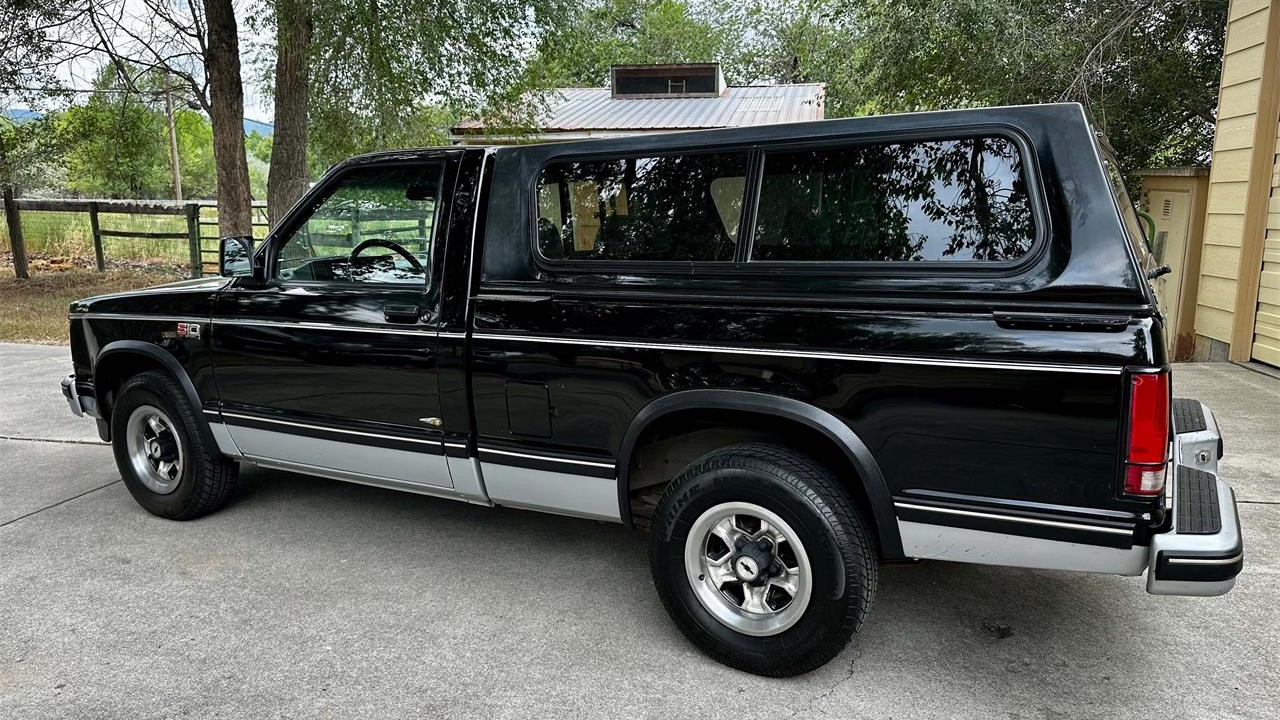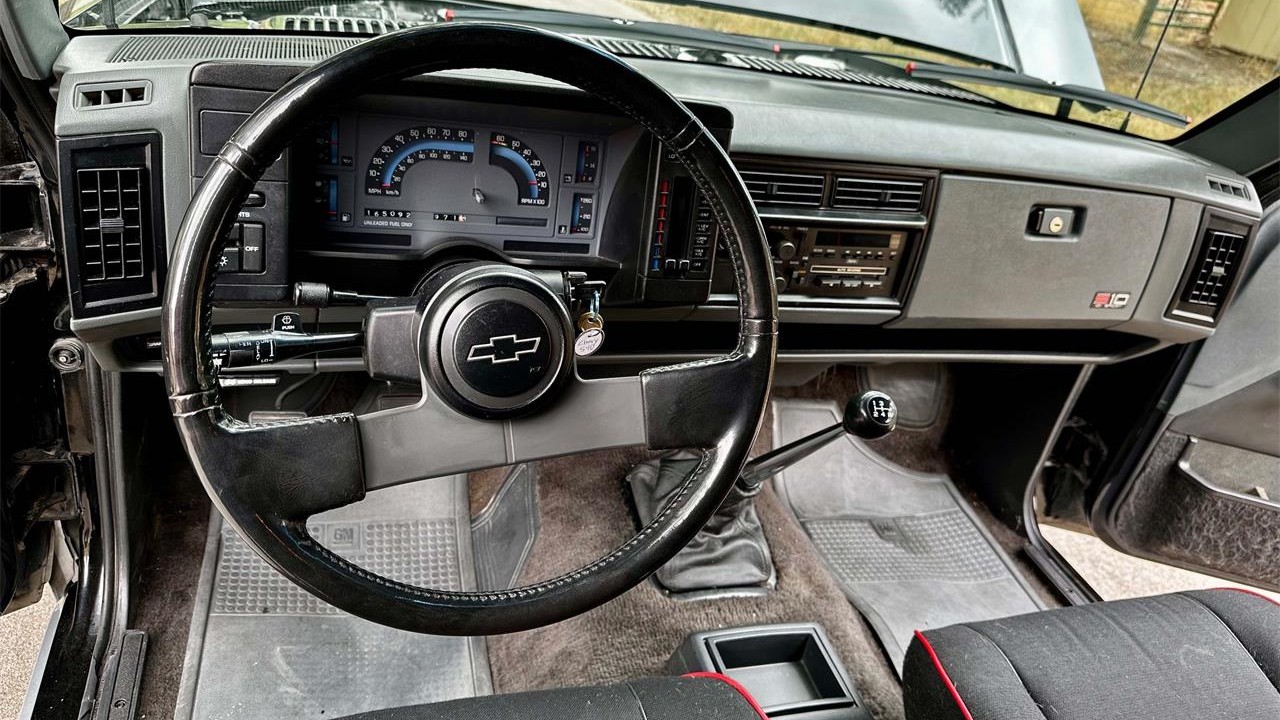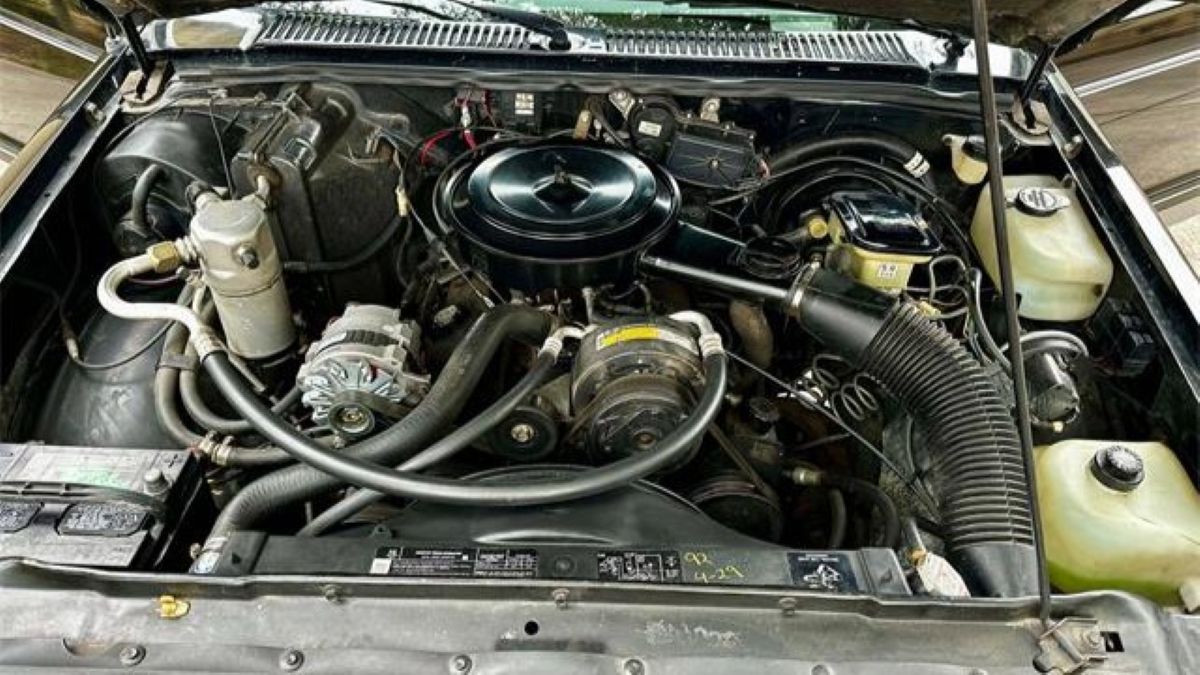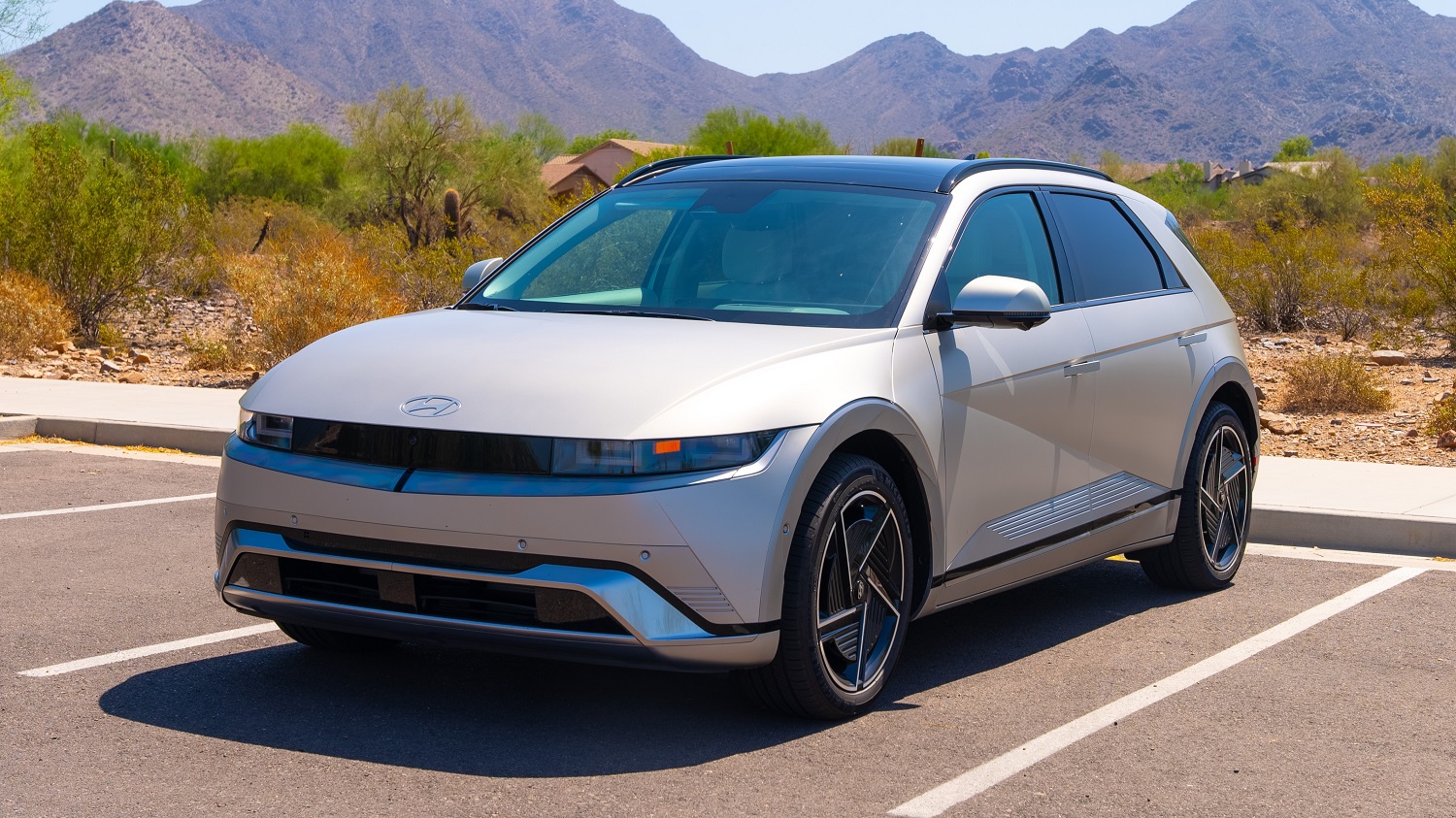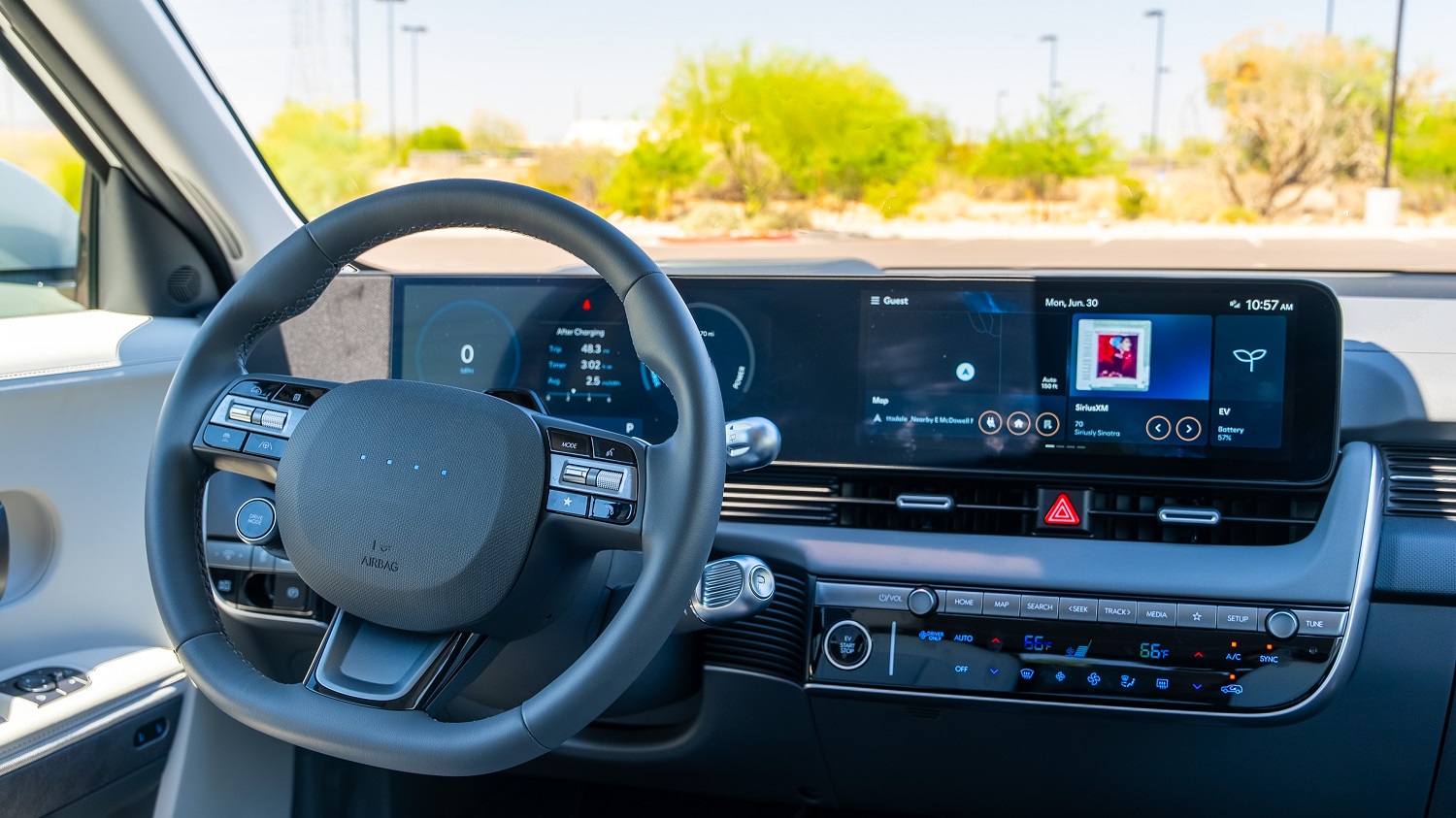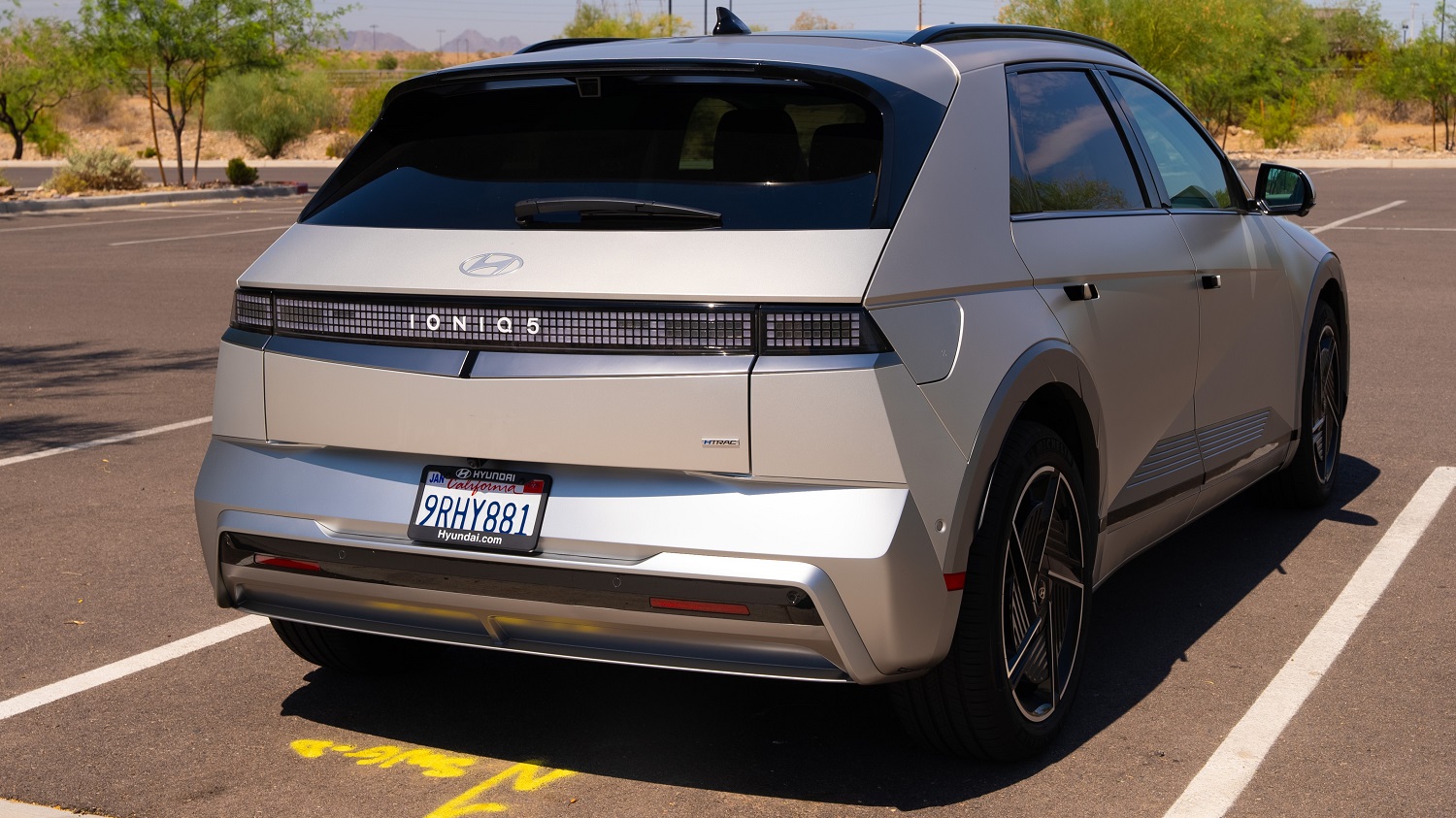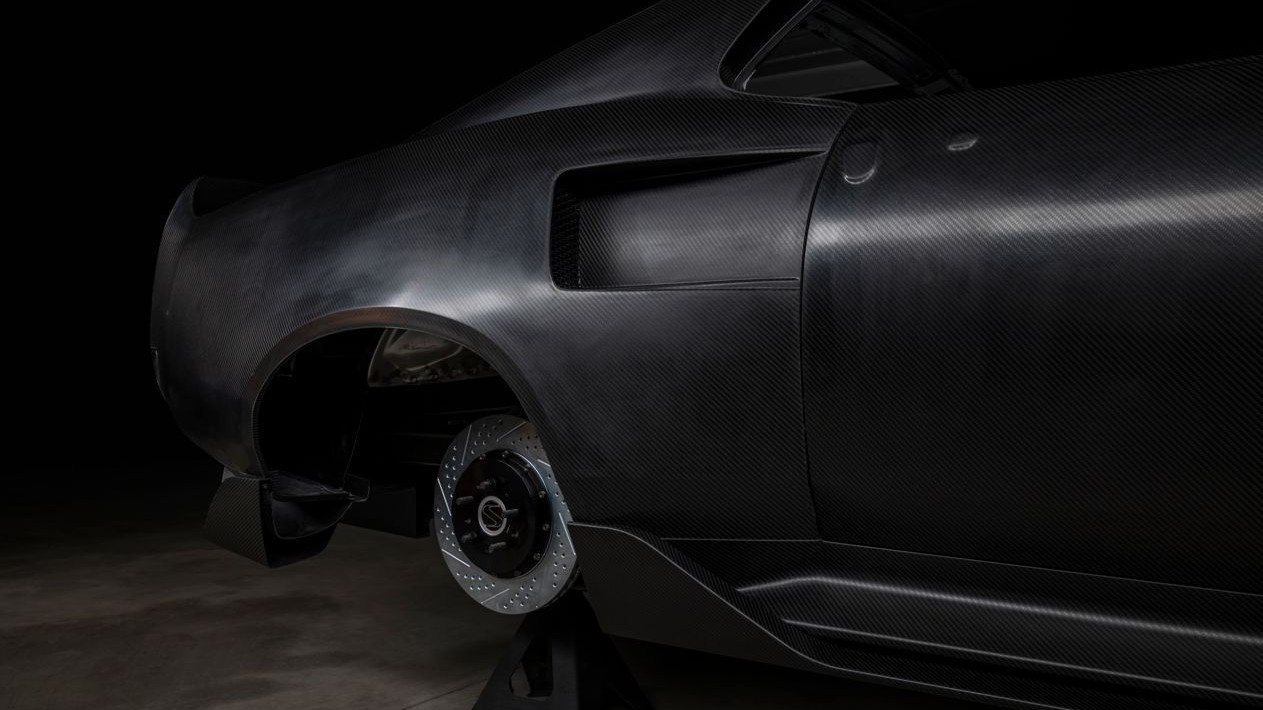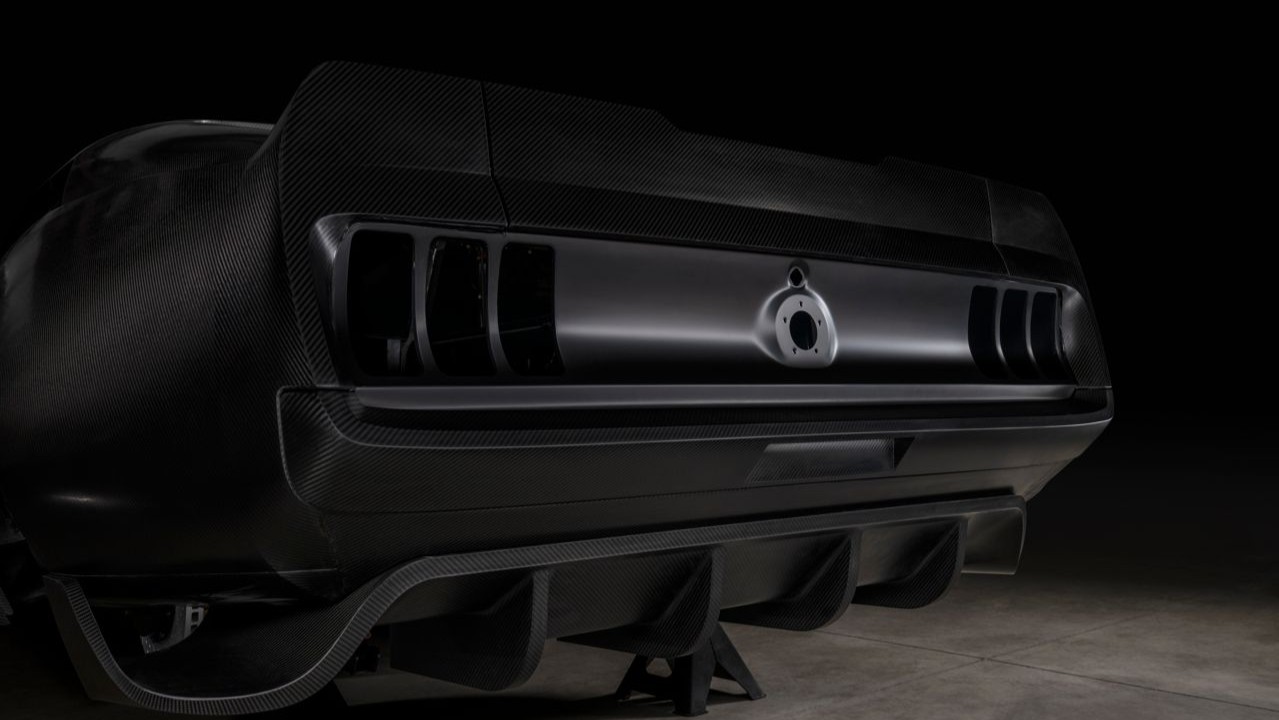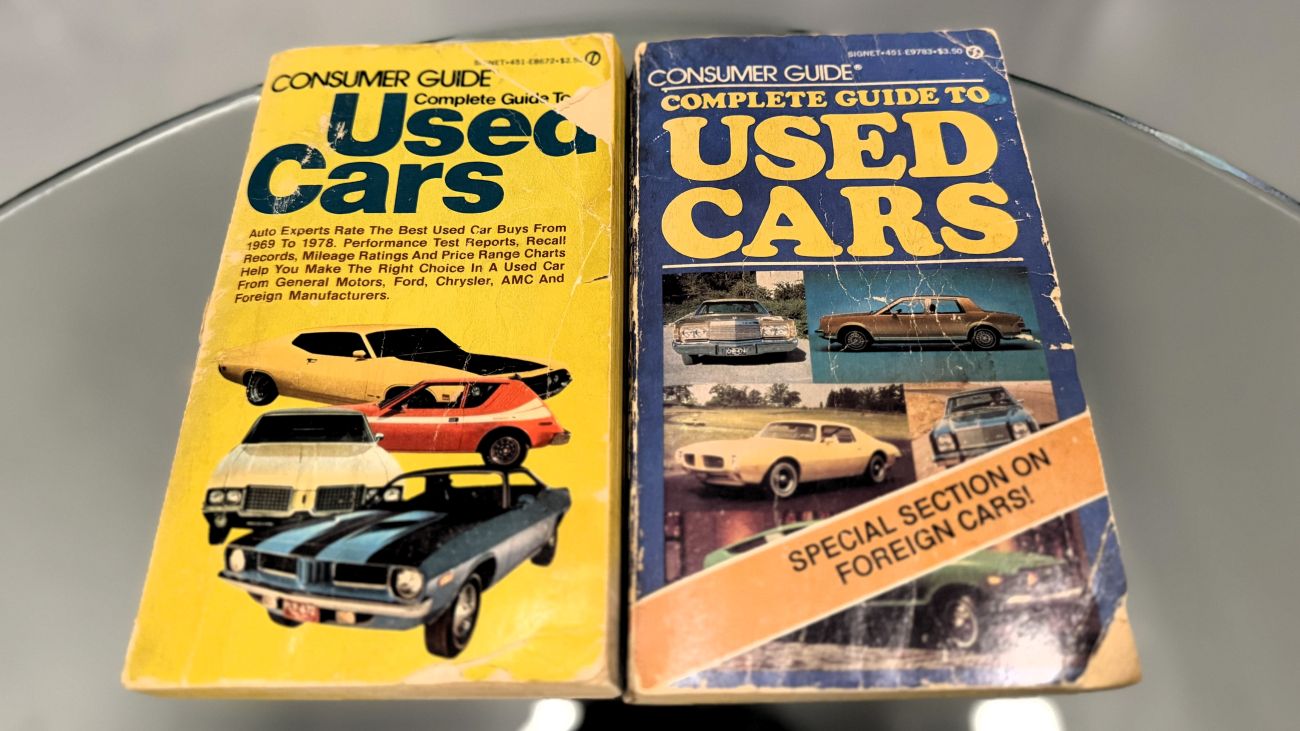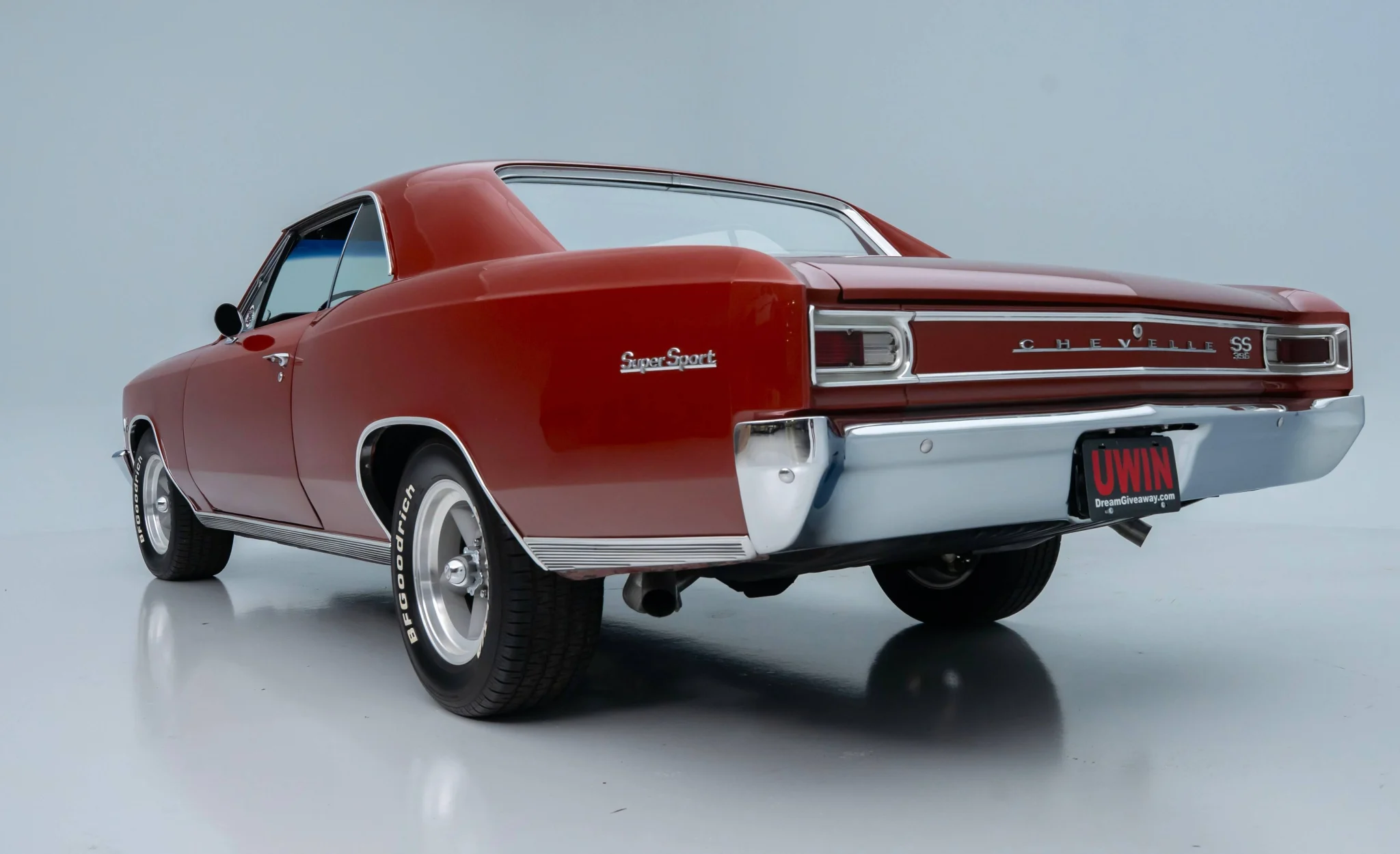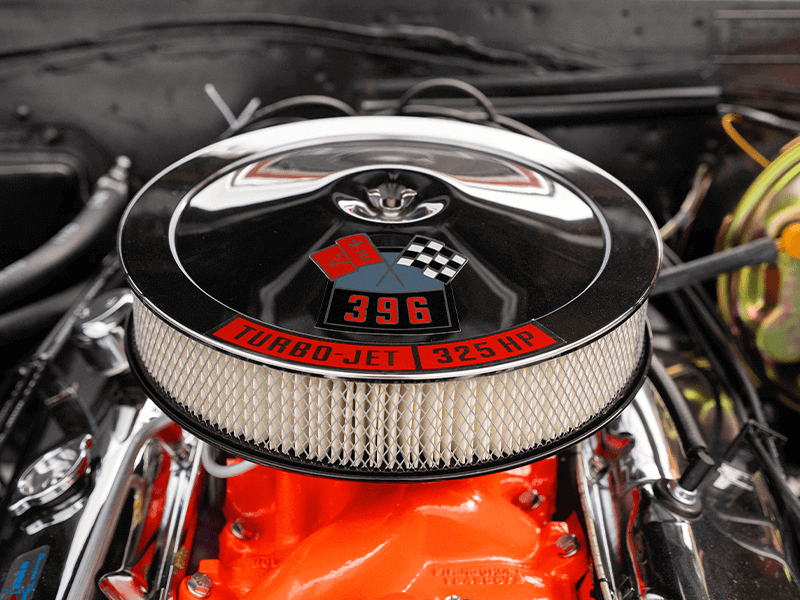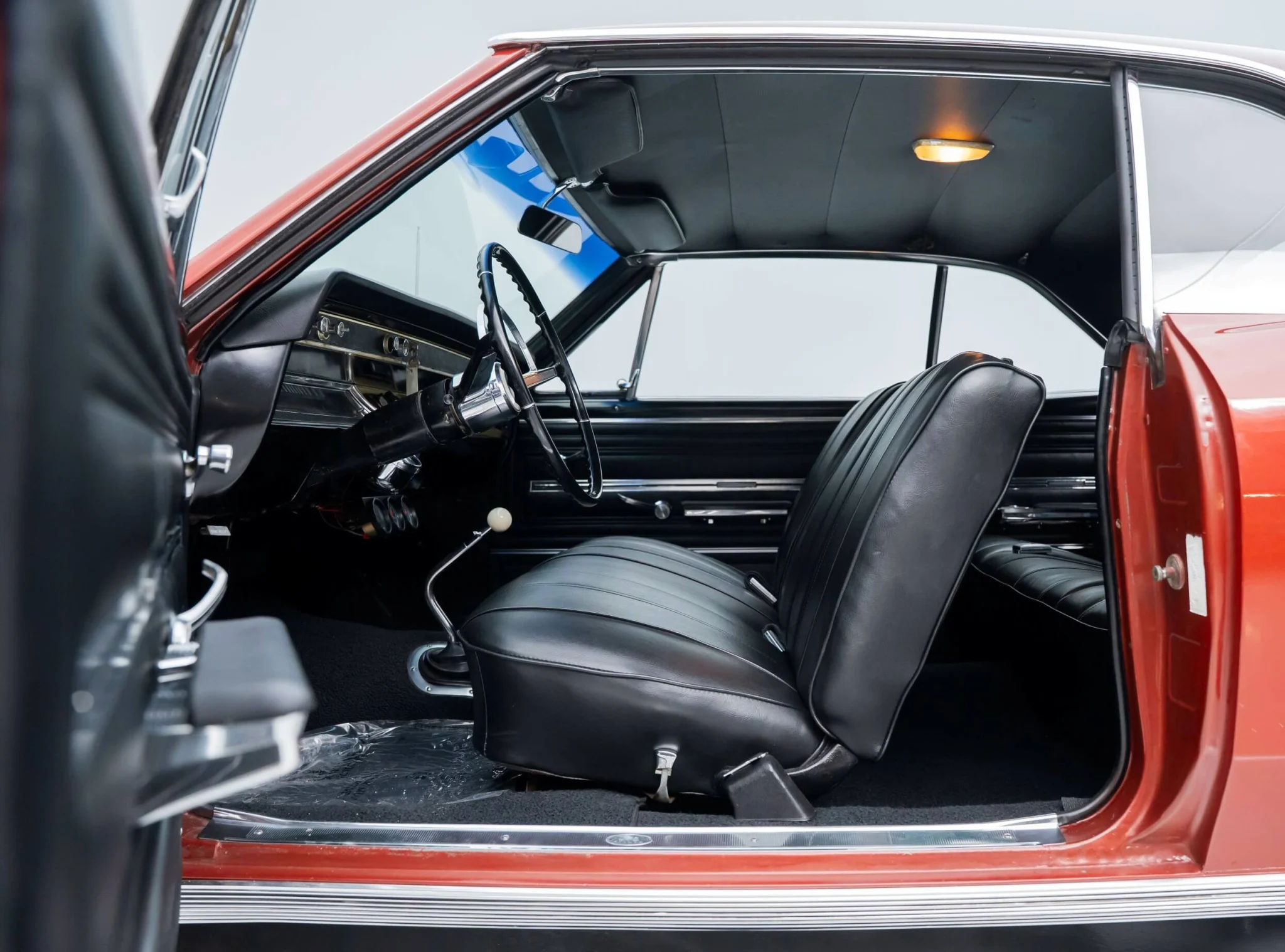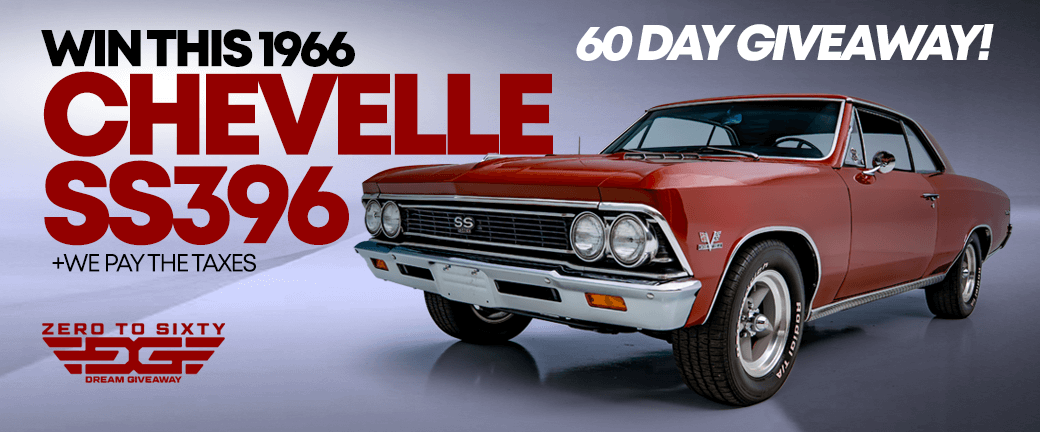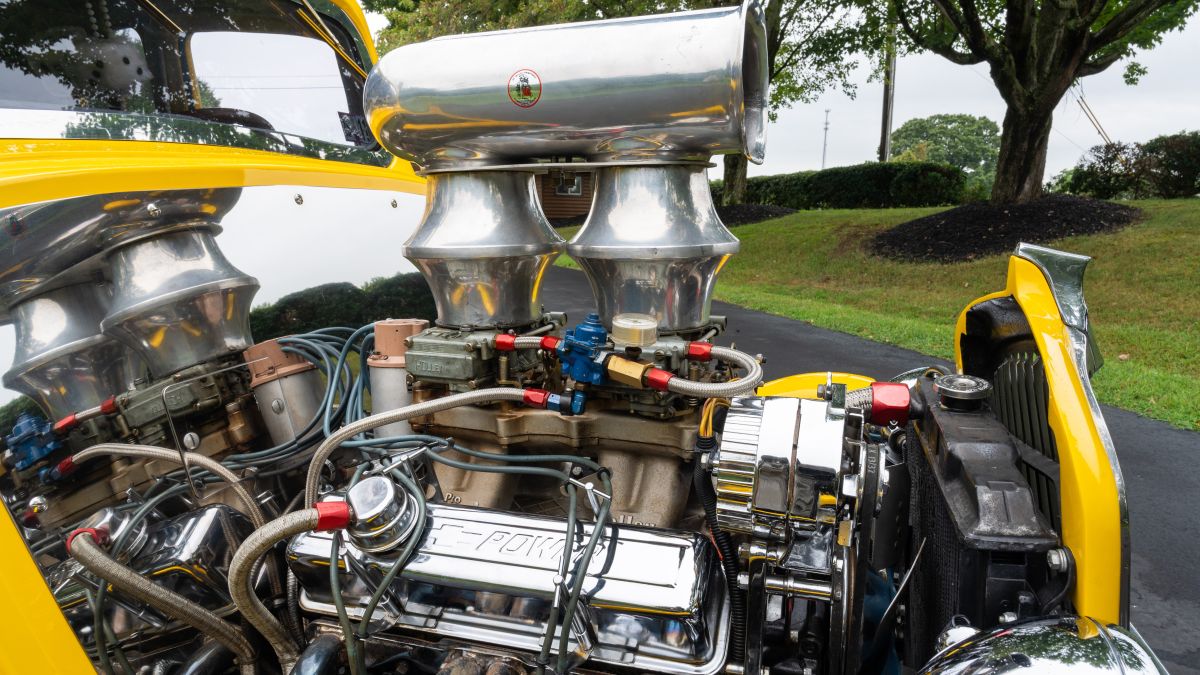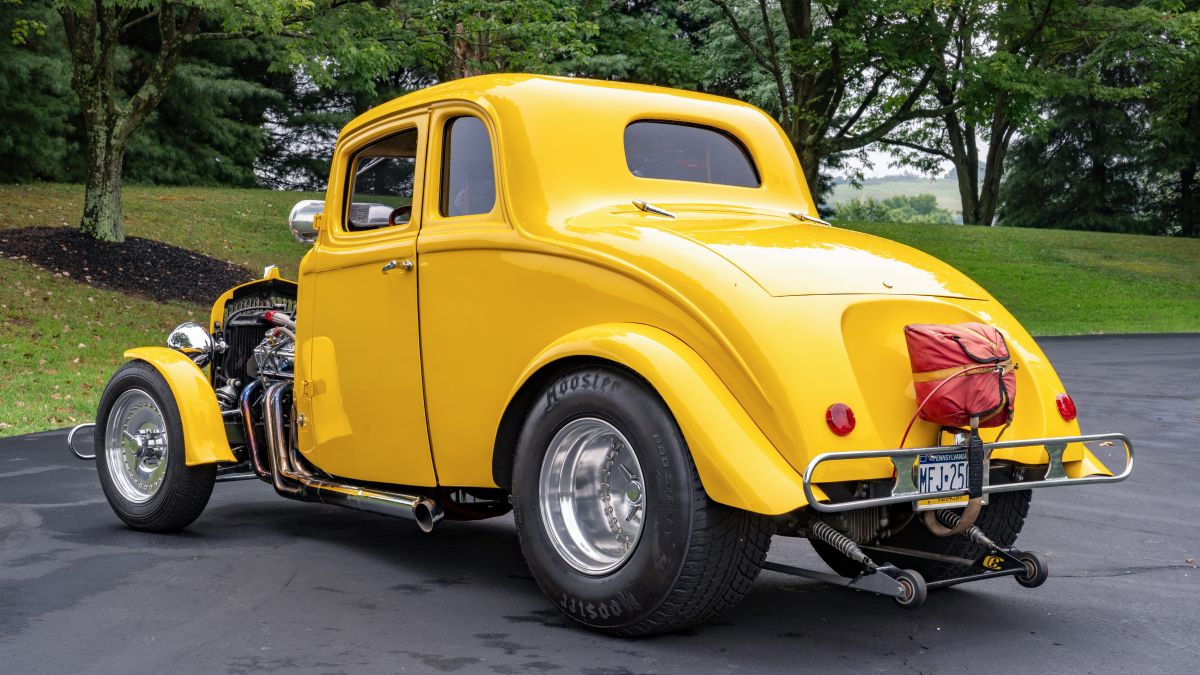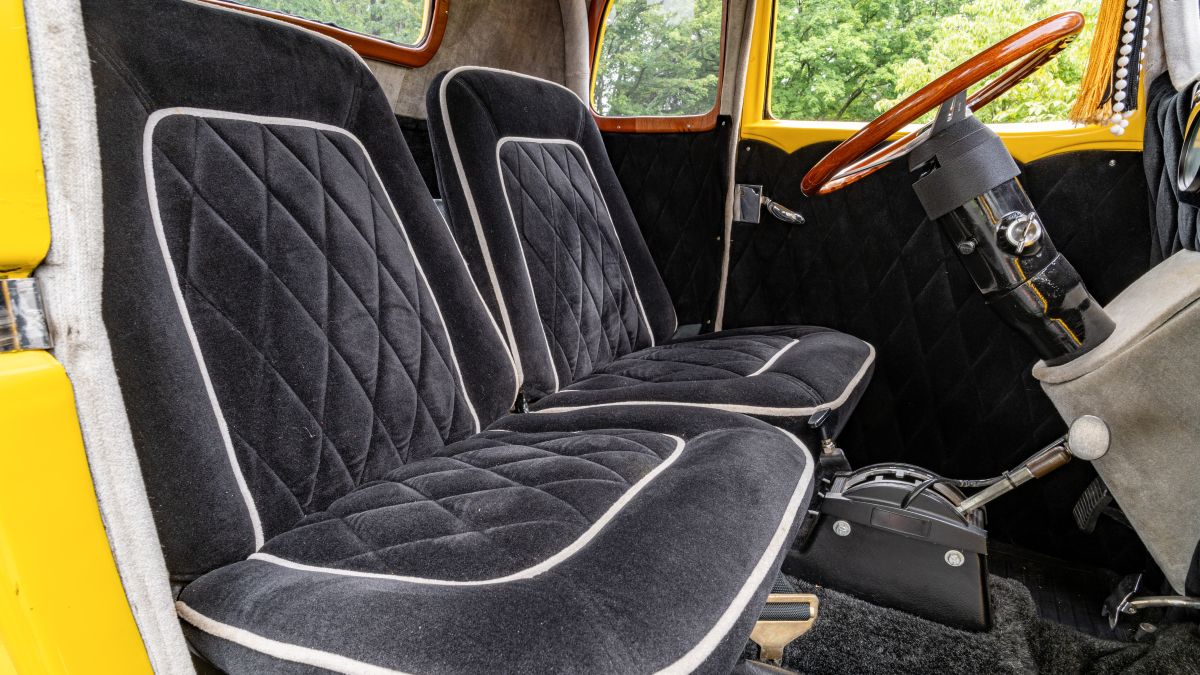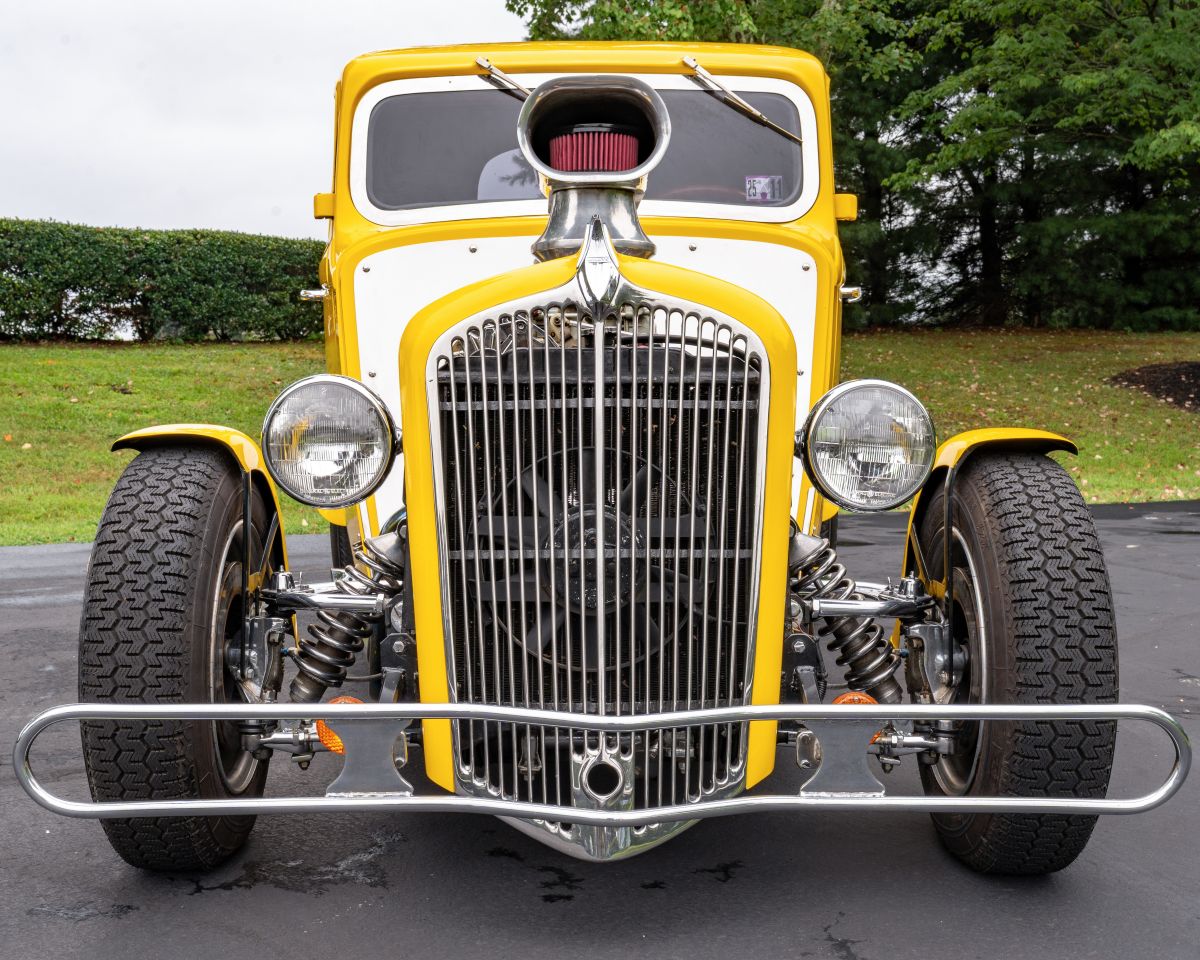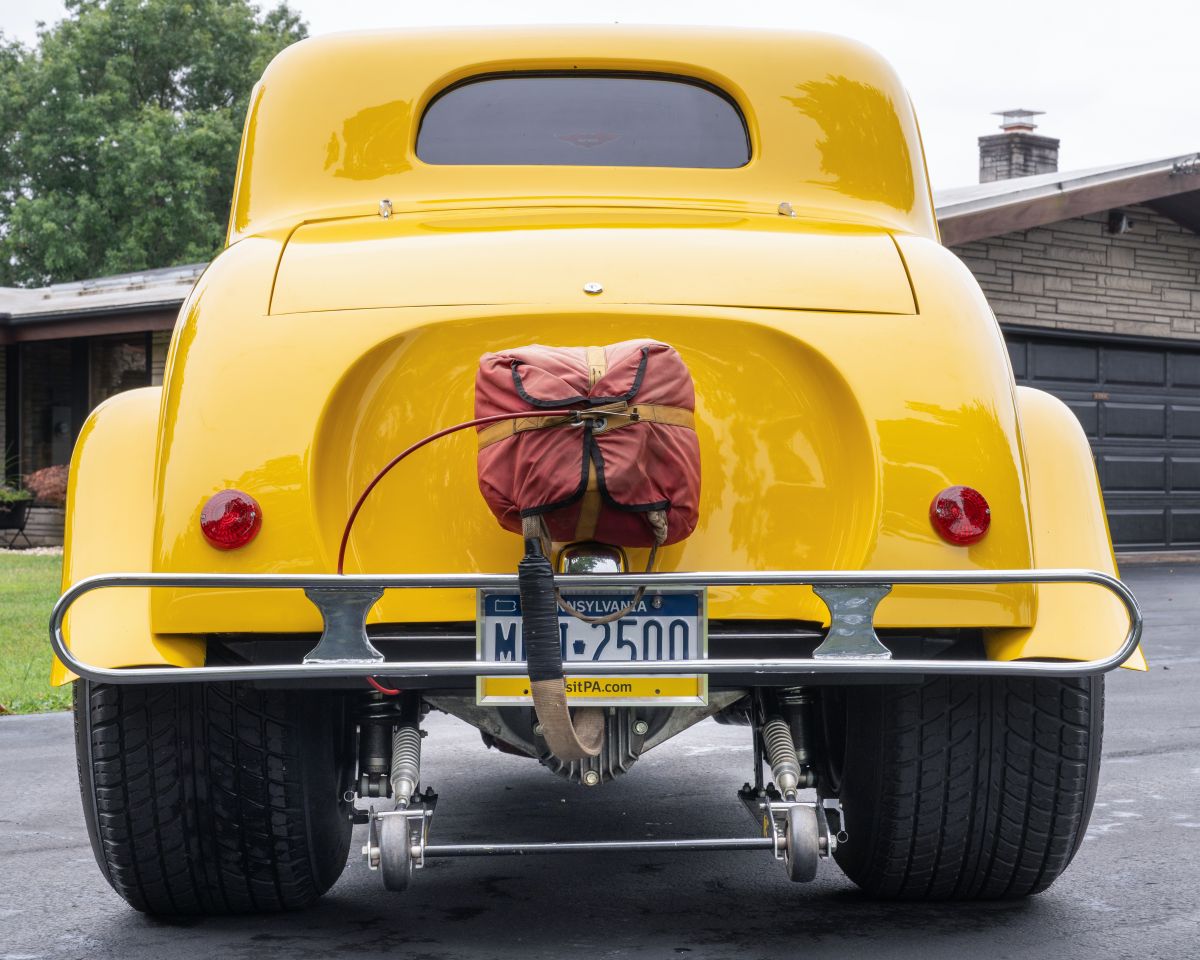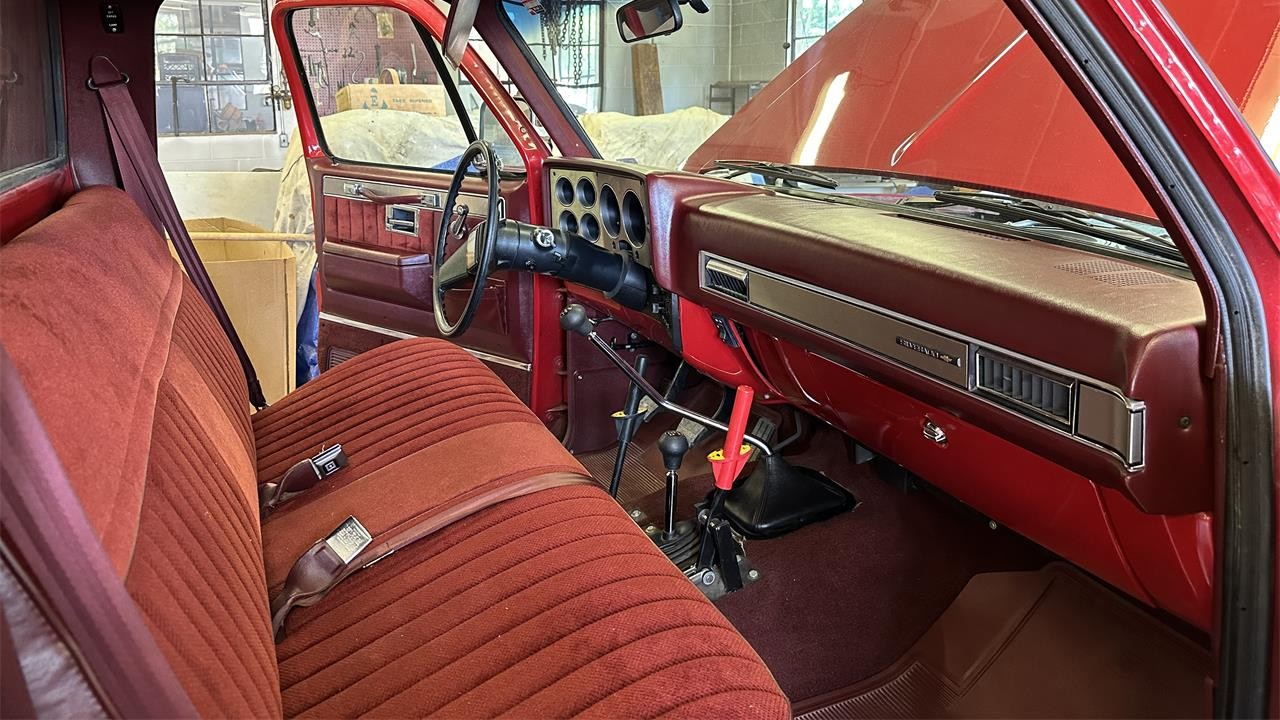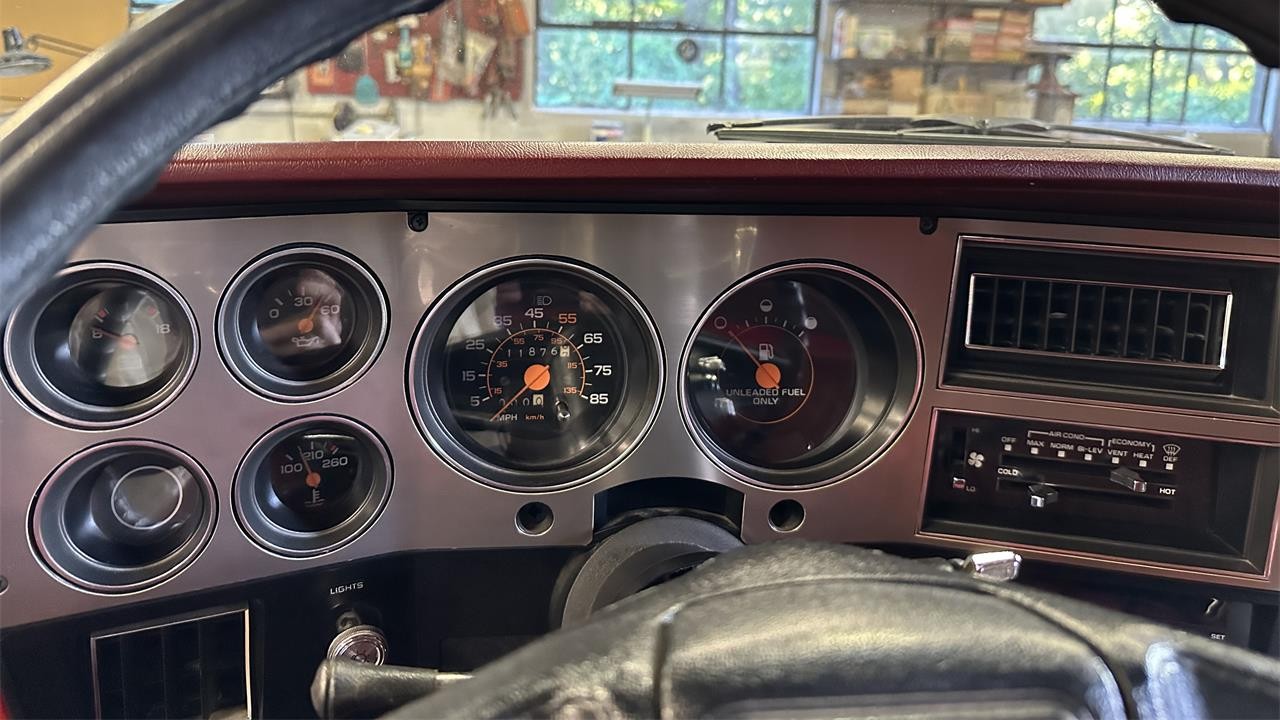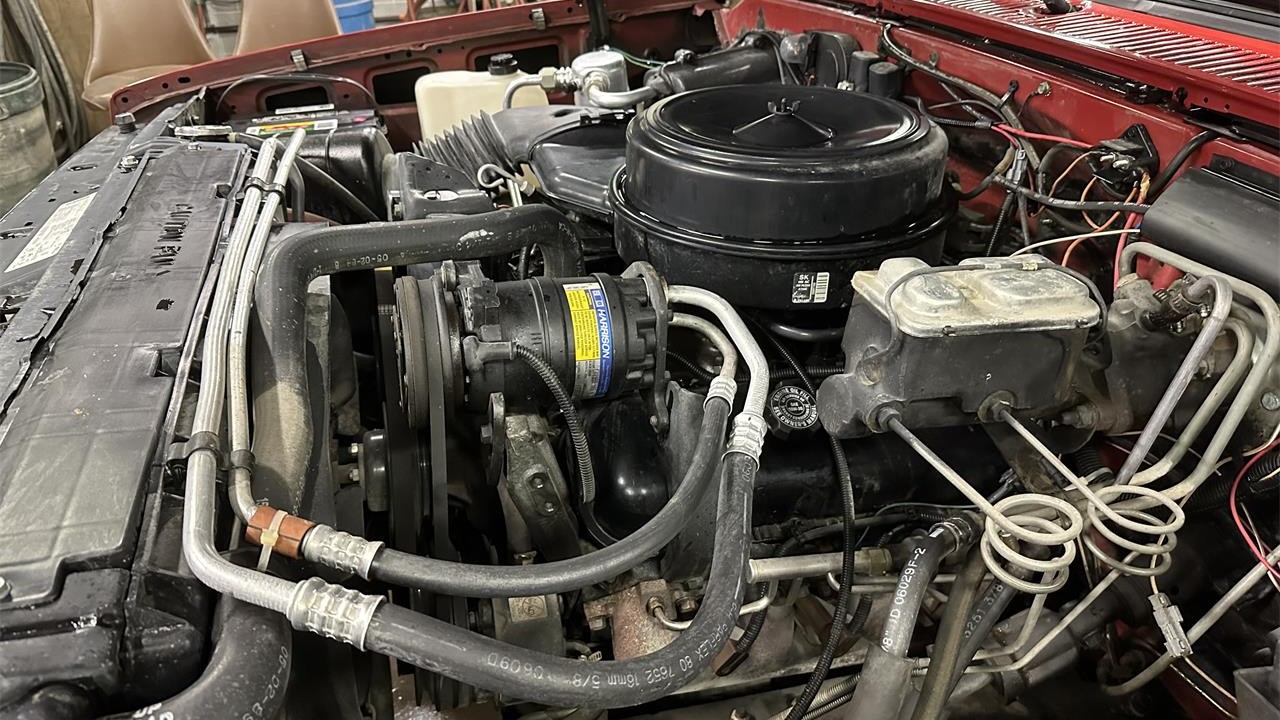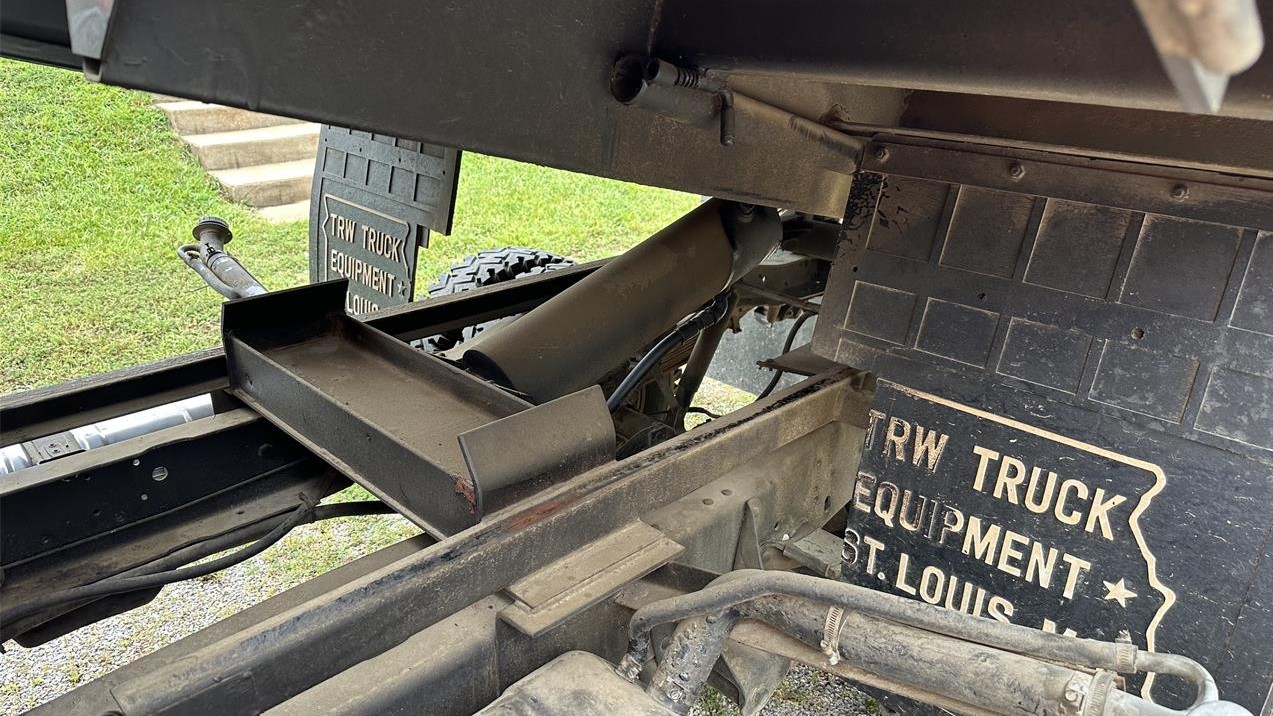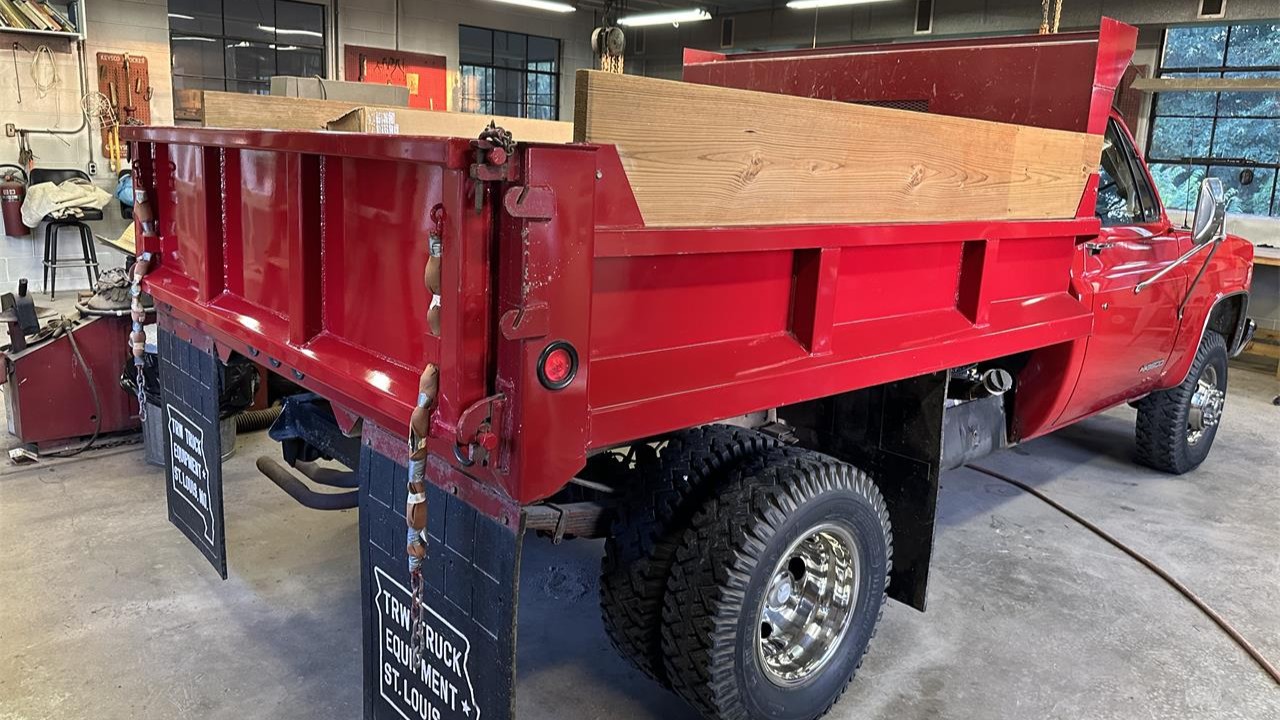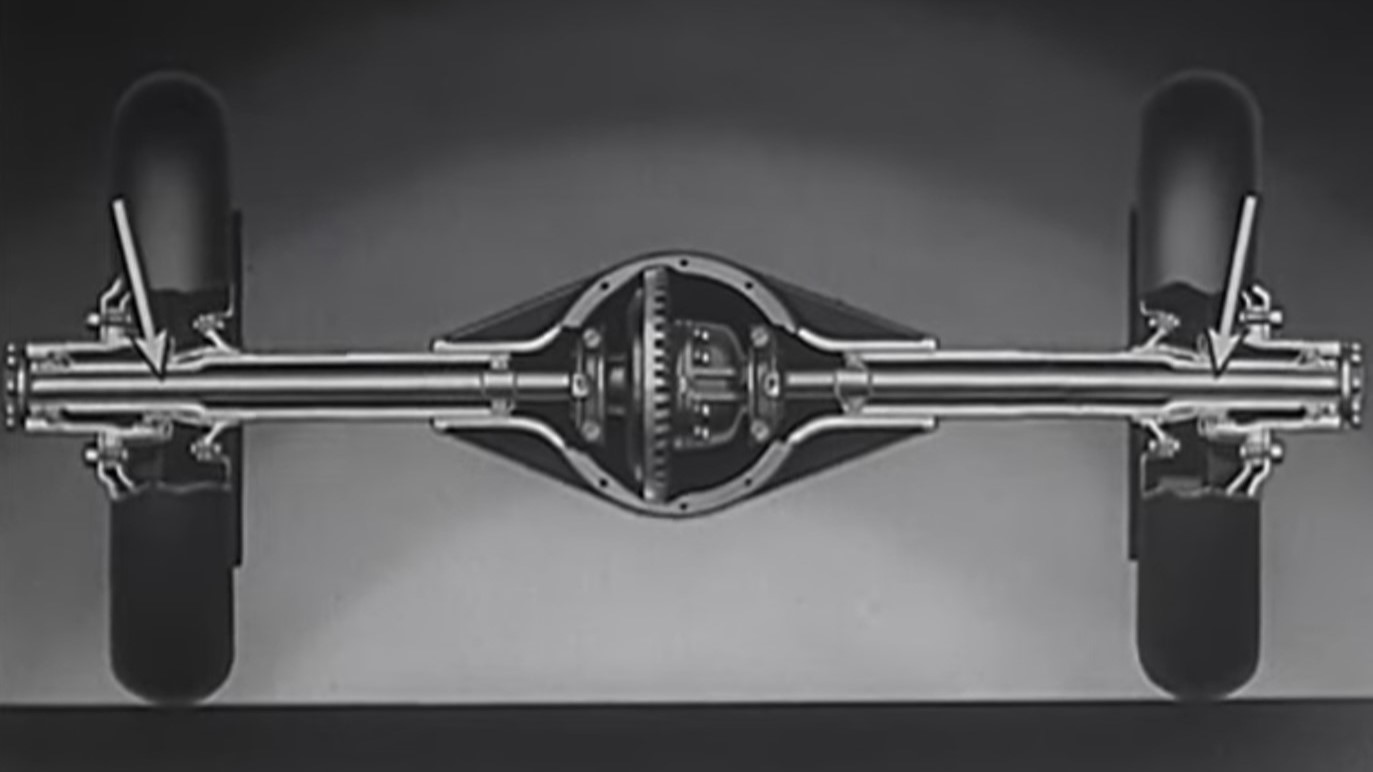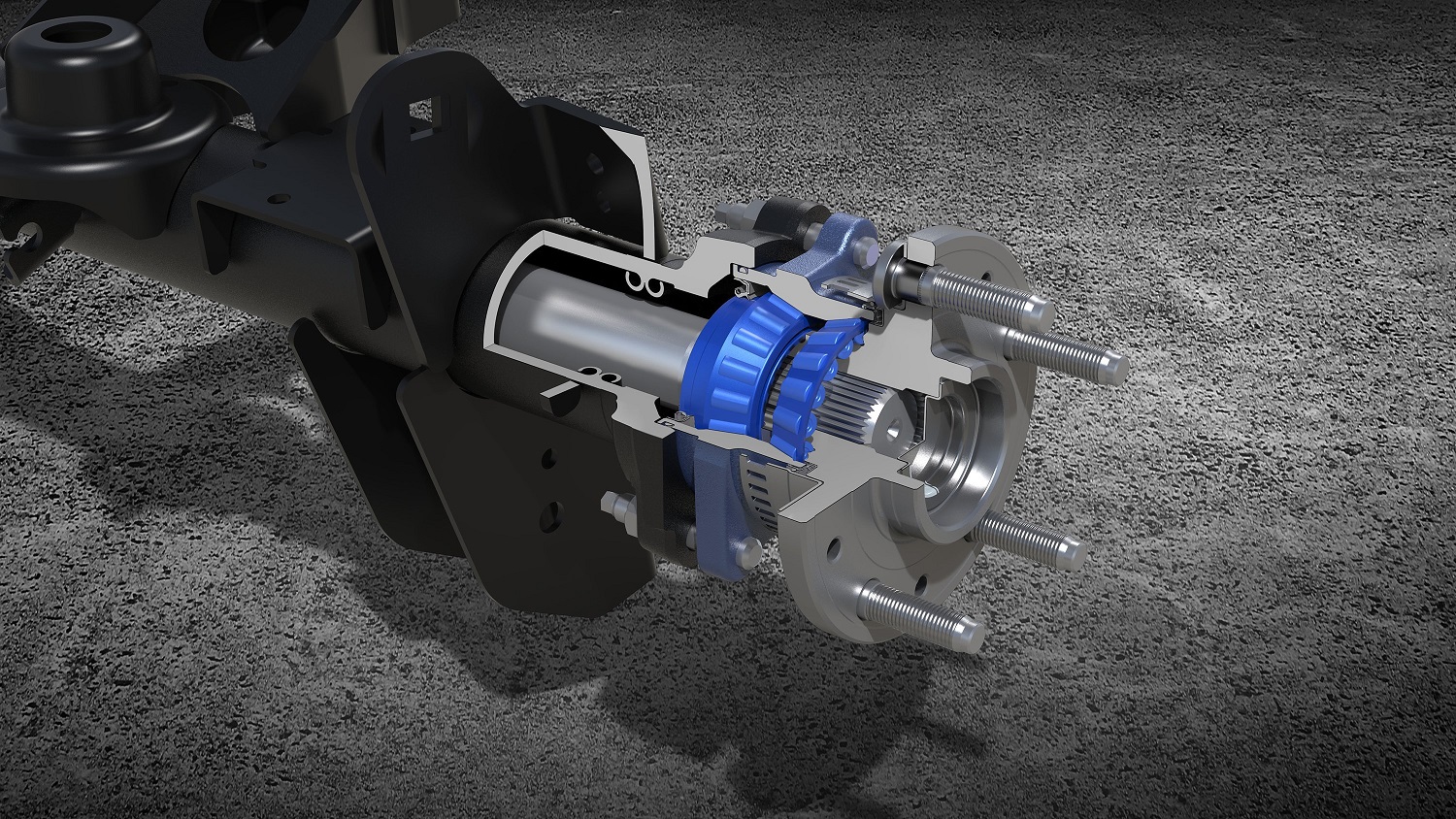Right now on AutoHunter, you can find this 52,275-mile 1989 Jaguar XJ-S coupe, which is powered by a 5.3-liter V12 paired with a TH400 three-speed automatic. Finished in Signal Red over a Sand leather interior, this British GT car is now offered by the selling dealer In Montana with an original owner’s manual, “The Total Driving Experience” cassette, a clean CARFAX report, and a clear title.
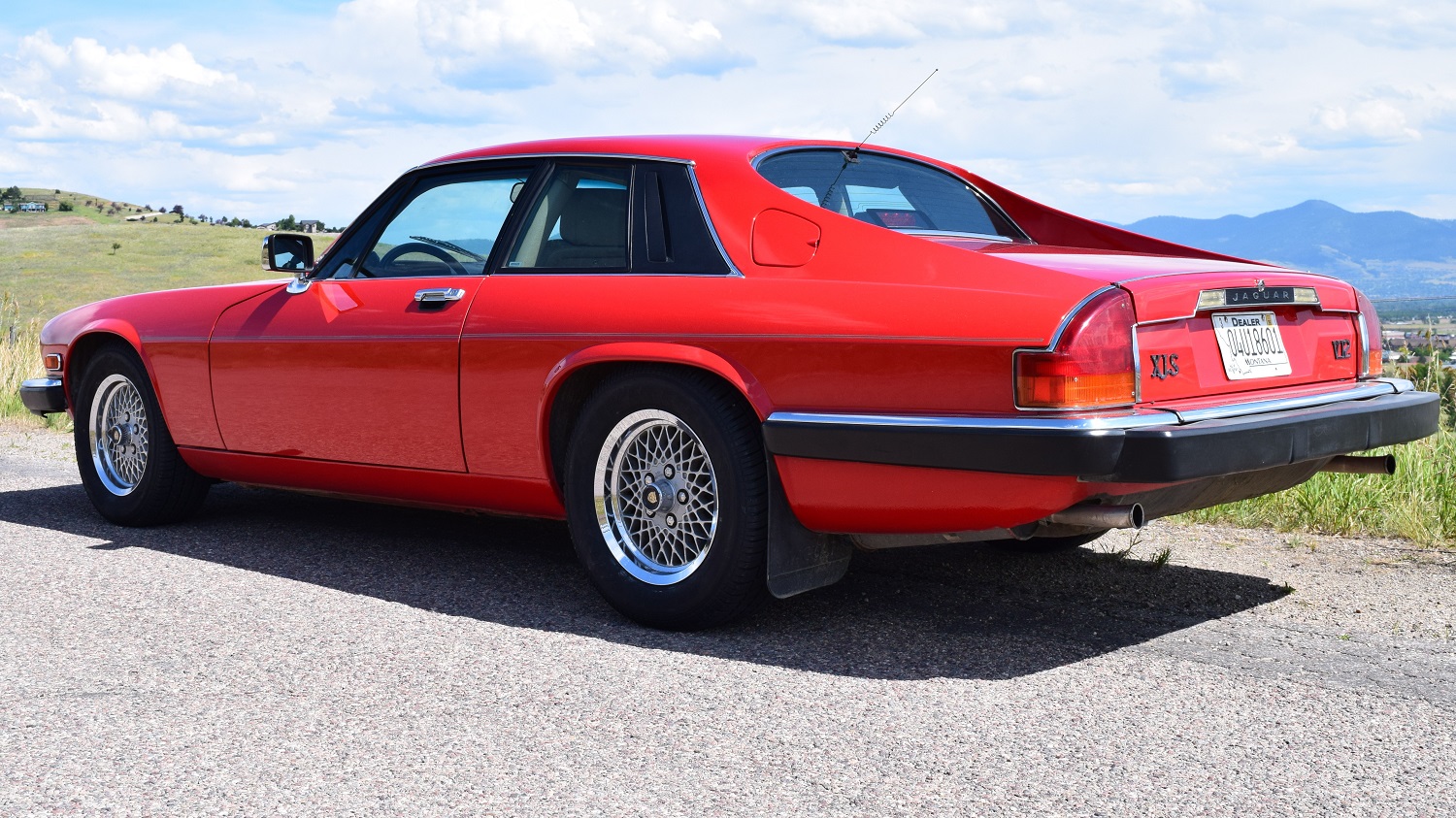
The low-slung Signal Red exterior features fog lights, black bumpers with bright trim, a “leaper” hood ornament, bright mirror caps, rear flying buttresses, and dual exhaust outlets. This cruiser of a cat has 15-inch “lattice” wheels and grips the road with 235/60 Cooper tires; a matching spare is in the trunk.

The cabin offers 2+2 Sand leather seating accented with woodgrain trim. Amenities include power locks and windows, power steering, heated front bucket seats, cruise control, air conditioning, and a Sony AM/FM/cassette radio.
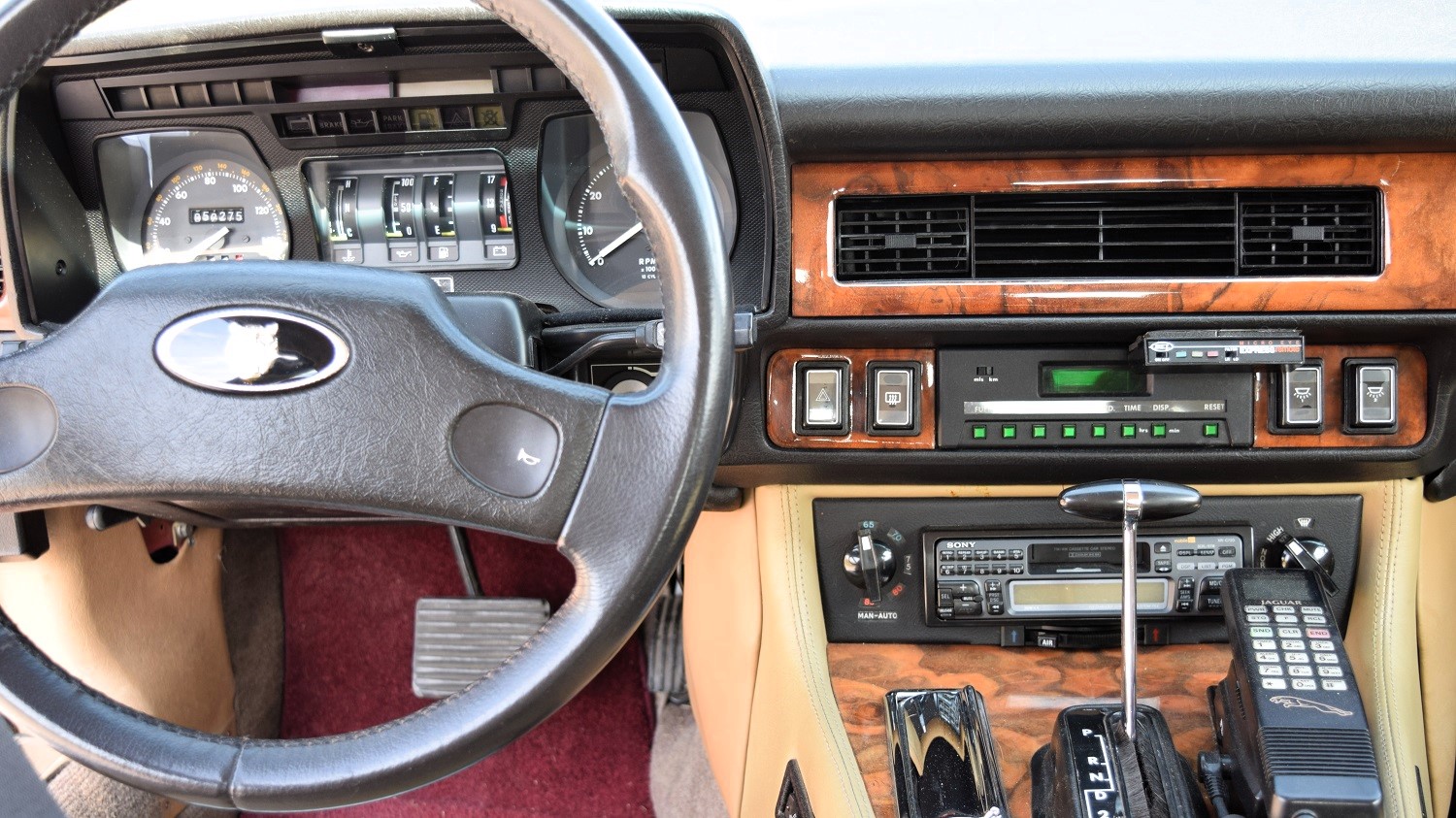
There’s even an integrated radar detector and a factory Jaguar cell phone, although it’s been disconnected.
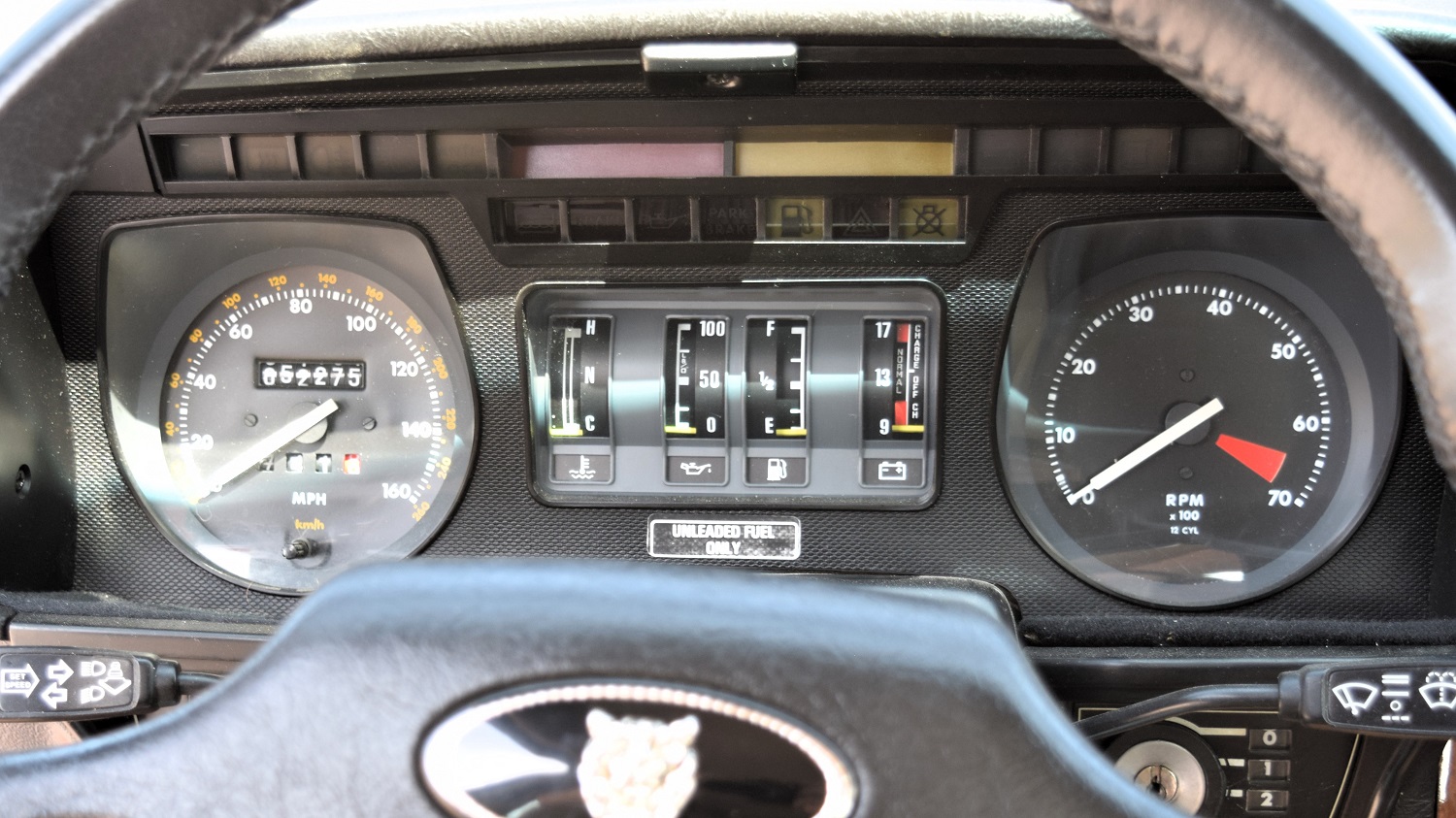
Behind the two-spoke steering wheel is a 160-mph speedometer, 7,000-rpm tachometer, and gauges for the temperature, oil pressure, fuel level, and voltage. The odometer shows 52,275 miles; the most recent CARFAX mileage figure of 51,449 miles was logged in September 2011.
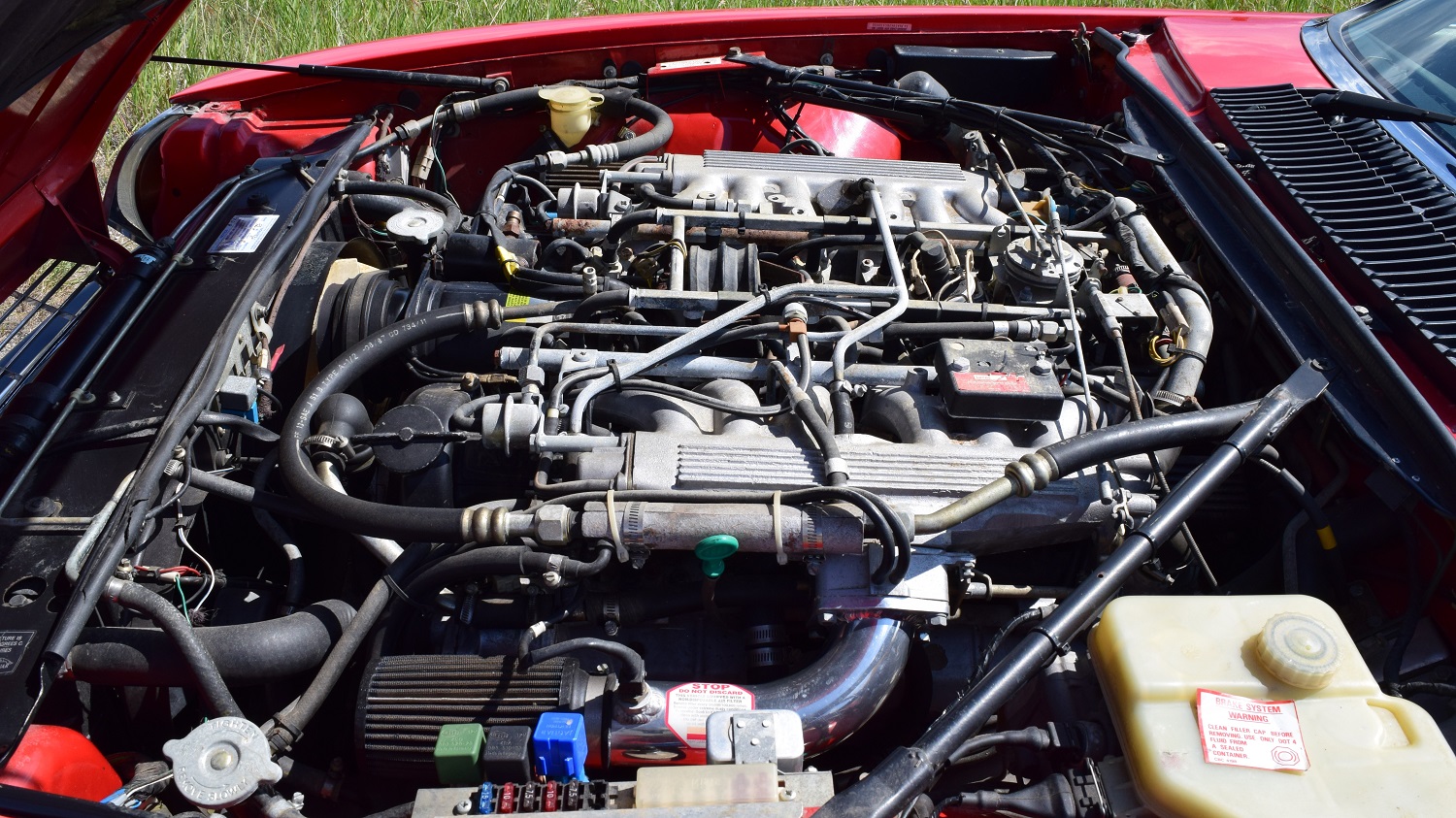
Under the front-hinged hood is a fuel-injected 5.3-liter V12 equipped with dual aftermarket intakes. A TH400 three-speed automatic sends the engine’s power to the rear wheels. Four-wheel power disc brakes help this cat keep all nine of its lives.

Jaguar is in a state of flux right now, but even once it starts making cars again, none of them will have a V12. You can experience that smooth power in this low-mileage 1989 Jaguar XJ-S coupe, but you have to place the winning bid on it first. Do that before the auction ends on Thursday, September 18, 2025, at 12:15 p.m. (PDT).
Visit the AutoHunter listing for more information and a photo gallery

